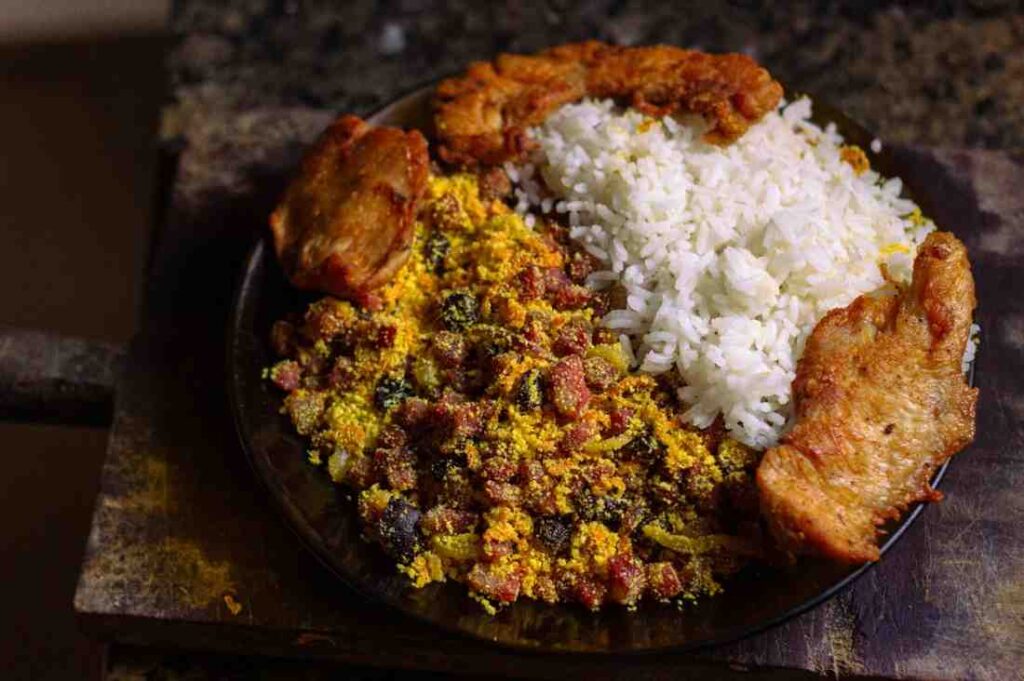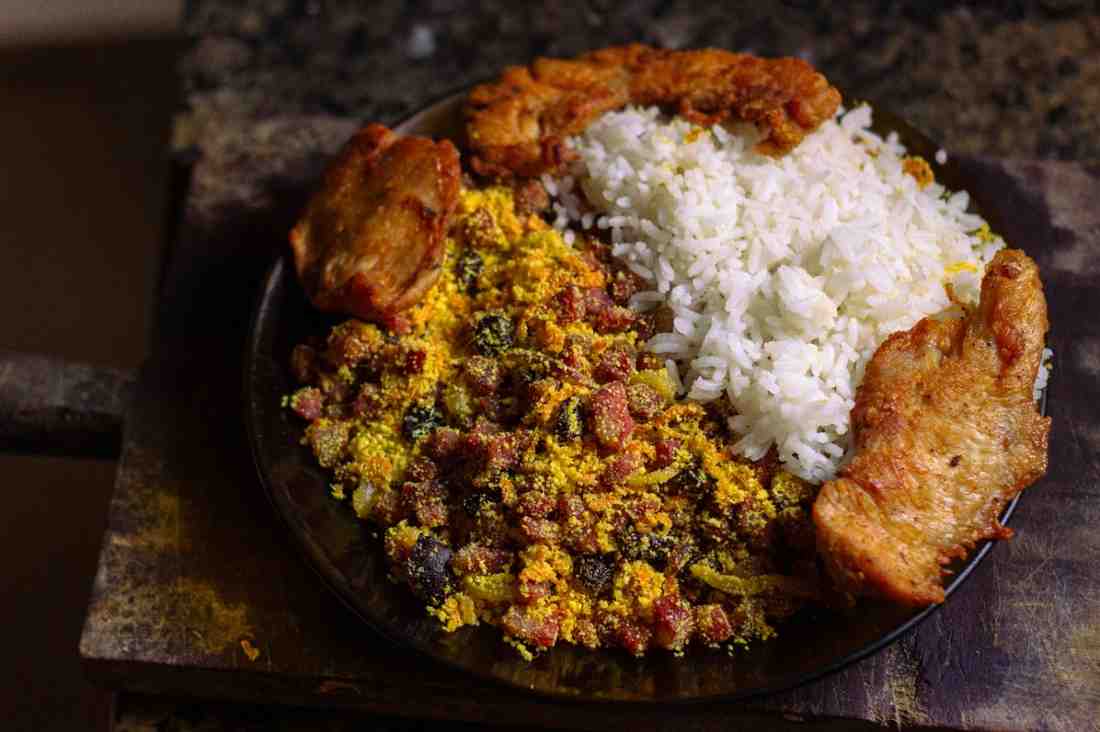Traditional Dinners from Every Continent
Dinner is more than just a meal-it’s a reflection of culture, geography, and identity. Across continents, traditional dinners capture generations of flavor, technique, and history. They represent how people gather, what they grow, and how they celebrate together. Exploring these dishes offers a delicious way to understand the heart of each region and the values that shape everyday life.

What Makes a Dinner “Traditional”
A traditional dinner isn’t just about ingredients-it’s about heritage. Recipes passed down through generations often reflect a country’s geography, agriculture, and available resources. These meals unite communities, tell stories, and preserve cultural identity. From slow-cooked stews to elaborate spreads served during celebrations, traditional dinners are the soul of global cuisine.
Africa – Rich Stews and Communal Flavors
Africa’s culinary landscape is as vast as its geography. In West Africa, one of the most beloved dishes is Jollof Rice, a one-pot wonder made with tomatoes, peppers, spices, and meat or fish. It’s enjoyed in countries like Nigeria, Ghana, and Senegal, sparking friendly rivalry over who makes it best (Wikipedia). In East Africa, Doro Wat-a spicy Ethiopian chicken stew served with injera flatbread-embodies communal dining traditions. This meal is typically shared from a single platter, symbolizing unity and family bonds. In South Africa, Bobotie stands out as a comforting baked dish made from curried minced meat and topped with a savory egg custard, blending Dutch, Malay, and indigenous influences.
Asia – Diversity on a Plate
Asia is home to some of the most diverse traditional dinners in the world. In South Asia, Biryani reigns supreme-a fragrant, layered rice dish infused with saffron, aromatic spices, and tender meat or vegetables. It’s not just food; it’s a celebration often prepared for weddings and festivals. In East Asia, a Japanese dinner may include grilled fish, miso soup, steamed rice, and pickled vegetables, offering balance and simplicity that aligns with Zen philosophy. Meanwhile, in Southeast Asia, countries like Thailand and Vietnam favor dinners bursting with flavor-spicy curries, lemongrass-infused soups, and fresh herbs that stimulate all the senses. Meals are often shared, reinforcing harmony and community.
Europe – Comfort and Heritage on the Table
Europe’s traditional dinners are deeply tied to history and regional identity. In the Mediterranean, dinner often features grilled seafood, olive oil, vegetables, and fresh bread-simple, heart-healthy meals shared with family. Italy’s Pasta alla Norma or Spain’s Paella Valenciana are perfect examples of humble ingredients elevated into iconic national dishes. In Northern Europe, comfort and warmth dominate. Irish lamb stew or hearty German sausages with sauerkraut bring coziness to colder climates. In Eastern Europe, dinners like Polish Pierogi or Hungarian Goulash showcase robust, rustic flavors that sustain communities through long winters. Each dish tells the story of resilience, adaptation, and celebration through food (AP News).
North America – A Blend of Influences
North America’s traditional dinners reflect centuries of migration and fusion. Indigenous ingredients such as corn, beans, and squash form the foundation of many dishes. In the United States, Southern barbecue dinners-featuring smoked ribs, cornbread, and greens-represent culinary traditions shaped by African, Native American, and European influences. Thanksgiving dinner, with its turkey, stuffing, and cranberry sauce, has become one of the most symbolic meals in American culture. In Mexico, traditional dinners highlight vibrant flavors: tacos al pastor, tamales, and mole poblano combine native techniques with Spanish influence, resulting in a cuisine that’s both ancient and evolving. Canada, too, has its classics-from poutine in Quebec to seafood feasts on the Atlantic coast-demonstrating how geography defines taste.
South America – Soulful Stews and Celebration
South American dinners carry the warmth of community and the richness of native ingredients. In the Andes, Locro-a hearty stew made from potatoes, corn, beans, and meat-is a comfort food shared during festivals across Argentina, Ecuador, and Peru (Wikipedia). In Brazil, Feijoada, a black bean and pork stew, is a dish born of creativity and resilience, traditionally enjoyed on weekends with rice, collard greens, and orange slices. In Venezuela, Arepas-cornmeal cakes stuffed with meats, cheese, or beans-are versatile and deeply tied to national identity. South America’s dinners are slow, social, and full of character-meant to be savored with laughter and song.
Australia and Oceania – Simple Ingredients, Big Flavor
Australia and the Pacific Islands bring a unique blend of indigenous and colonial culinary traditions. In Australia, dinners often feature grilled meats and seafood, with a focus on fresh, local produce. Dishes like roast lamb with mint sauce and Barramundi fish reflect both British influence and native ingredients. In the Pacific Islands, dinner often centers around seafood, coconut milk, root vegetables like taro, and tropical fruits. The Tongan Umu and Hawaiian Luau, both cooked underground with hot stones, transform simple ingredients into smoky, aromatic feasts. These meals celebrate togetherness and the natural abundance of the islands.
Antarctica – Dining at the Edge of the World
While Antarctica doesn’t have a native population, it’s worth mentioning the unique dining culture among researchers and scientists stationed there. Dinners often depend on preserved ingredients shipped in from other continents, but creativity flourishes even in the coldest conditions. Shared meals-often featuring stews, soups, and baked goods-become a vital part of maintaining morale and community in an otherwise isolating environment.
Why Traditional Dinners Matter
In every part of the world, dinner is more than sustenance-it’s identity. Traditional meals teach us about resourcefulness, creativity, and the shared human experience of coming together around food. They reveal how geography shapes culture, how flavor connects generations, and how hospitality transcends borders. Whether it’s a bowl of ramen in Japan, a pot of gumbo in Louisiana, or a communal stew in Ethiopia, traditional dinners remind us that food is one of humanity’s most beautiful unifiers.







